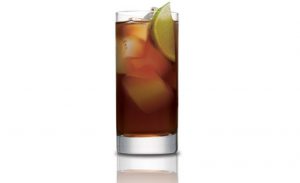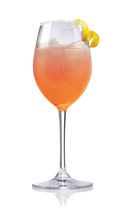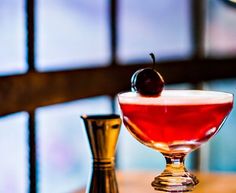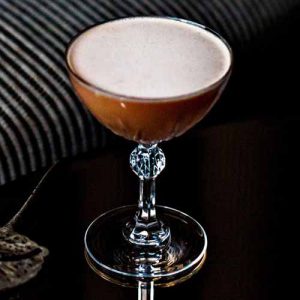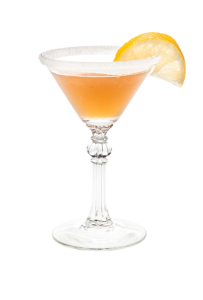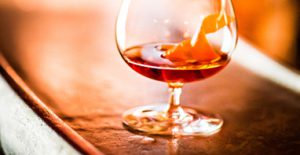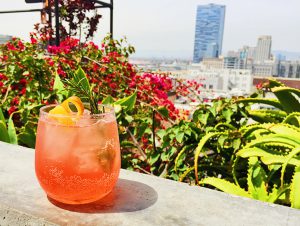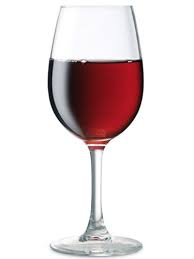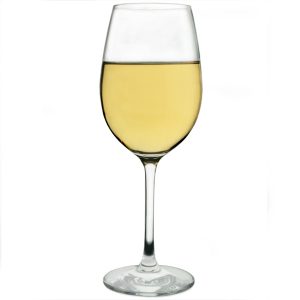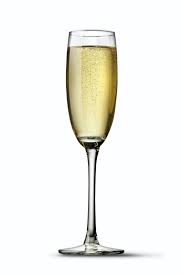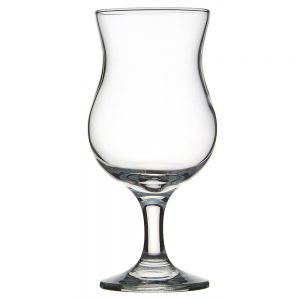There are three steps to a wine tasting they are as follows:
Look:
Taking a good look at the wine is very important as its appearance says a lot about the wine. First of all take a good look at the wine in your glass over a piece of white paper. See for the color, opacity and viscosity. In Colour classify your wine more then as red, white or rose. If it’s Red is the colour maroon, purple, ruby, garnet, or red. if it’s a white wine is it clear, pale yellow, straw-like, light green, golden or amber.
Smell:
To Understand and get a good impression of your wine, swirl your glass for a solid 10-12 seconds as this helps to vaporize some of the wine’s alcohol and release more of its natural aromas. Then take a quick whiff to gain a first impression. This can be divided into three categories:
Primary Aromas: are the aromas that include fruit, herbal, and floral notes.
Secondary Aromas: This come from the winemaking practices. The most common aromas are yeast, cheese, almond, peanut or beer.
Tertiary Aromas: comes from aging, usually in bottle, or possibly in oak. These aromas are mostly savory like nuts, spice, vanilla, tobacco, leather, or mushroom.
Taste:
Start with a small sip and let it roll around your mouth. There are three stages of taste: the Attack phase, the Evolution phase and the Finish.
The Attack Phase: This is the initial impression that the wine makes on your palate. The Attack is comprises of four pieces of the wine: alcohol content, tannin levels, acidity and residual sugar.
The Evolution Phase: In this phase you actually taste the wine on your palate and find the flavor profile of the wine.
The Finish: The wine’s finish is how long the flavor impression lasts after it is swallowed. Was it light-bodied (like the weight of water), medium-bodied (similar in weight to milk) or full-bodied (like the consistency of cream)

